Here are some pictures of my latest 180 build. The pictures are in no particular order. I used a 40 gallon breeder for my sump, bought a pre-made filter sock holder, 1/4" acrylic for the baffles, Jabeo DC 900 for the return pump. I drilled a hole in the pump chamber to act as my drain for my drip system. The first chamber is full of submerged bio media, the second chamber holds more bio media and my thermometers, the 3rd chamber has 25 micron filter pad and a drip plate. Under the drip plate are bio balls acting as emerged media, below the bio balls is submerged pond matrix. Ask as many questions as you would like.
I also have a silver aro, 2 rays, silver dollars, and a few geophagus
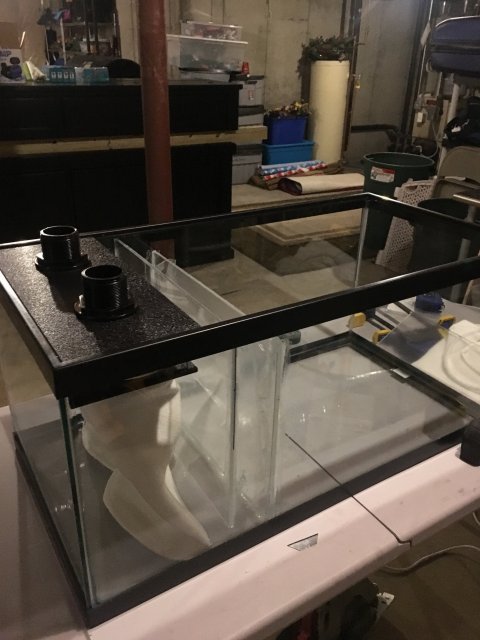
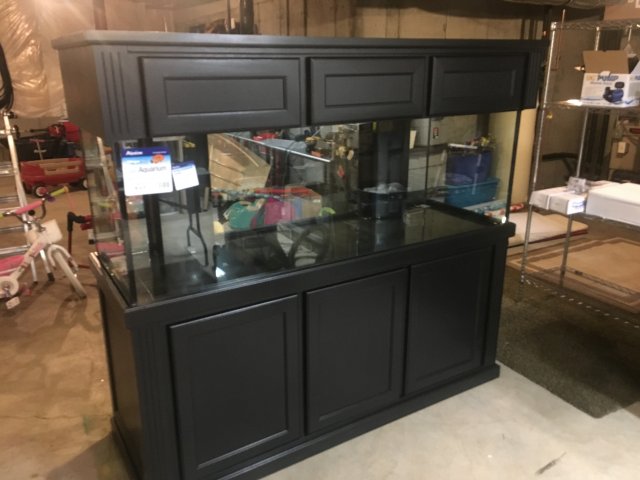
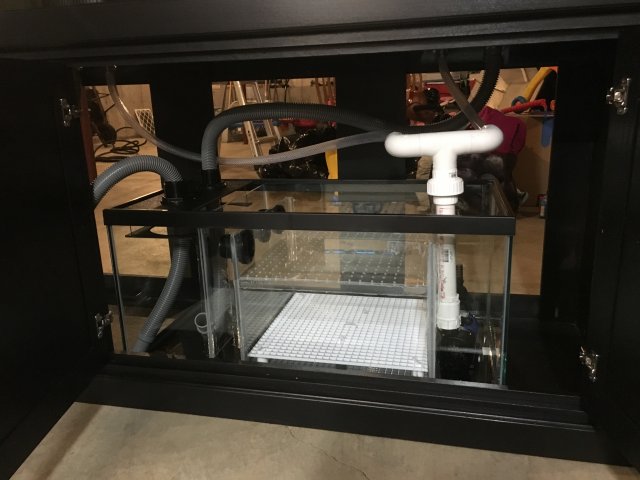
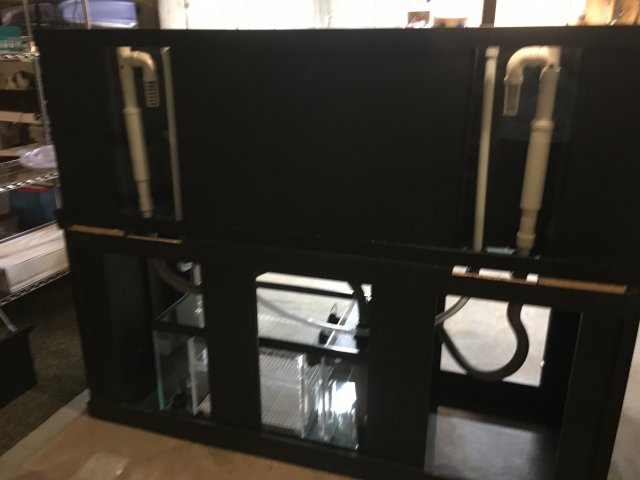
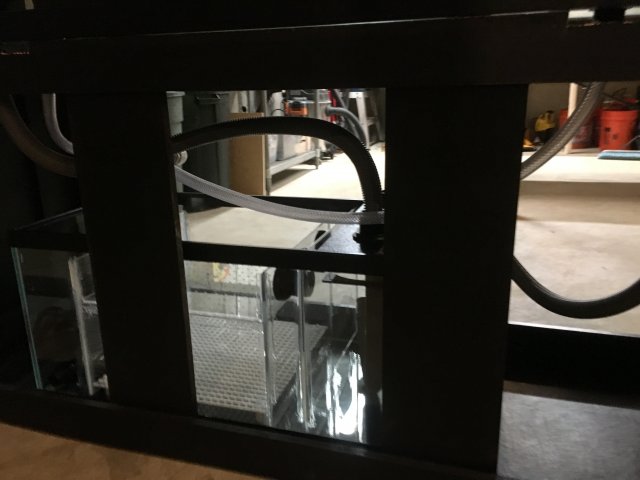
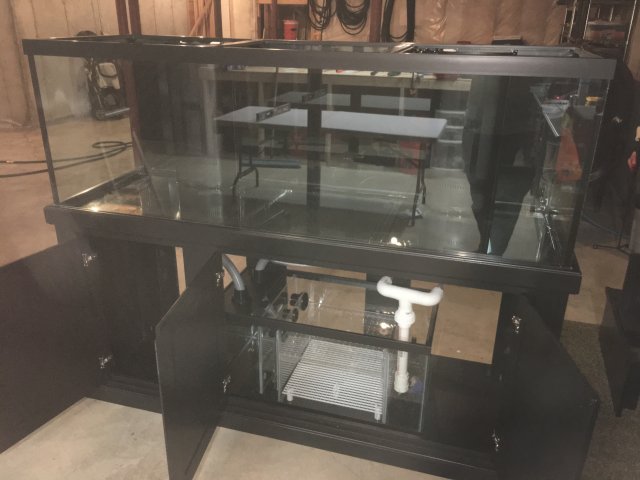
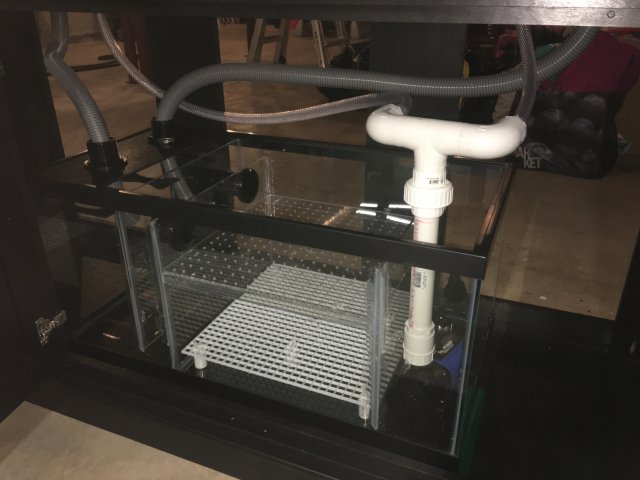
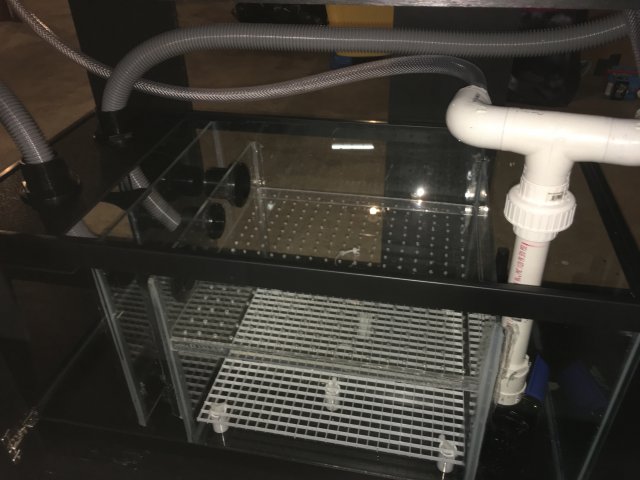
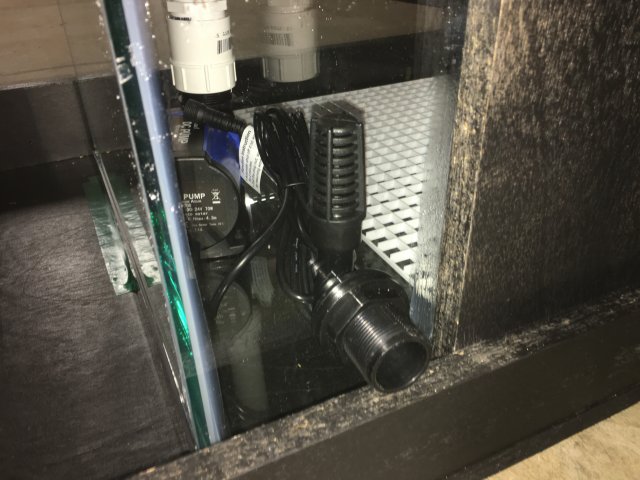
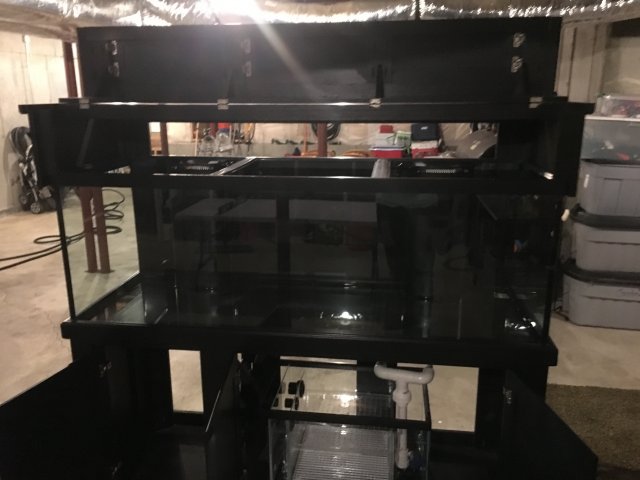
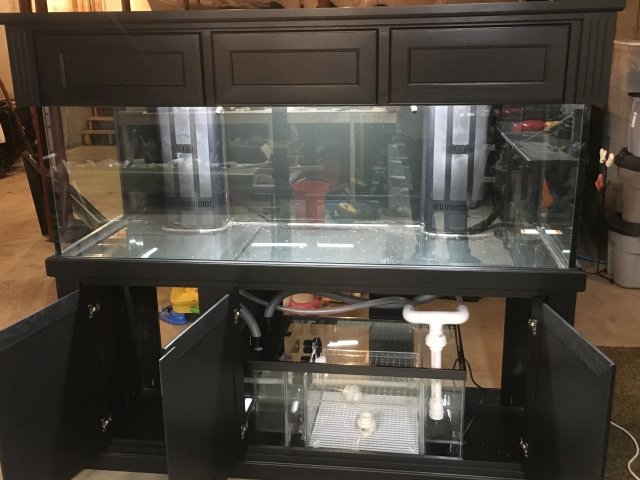
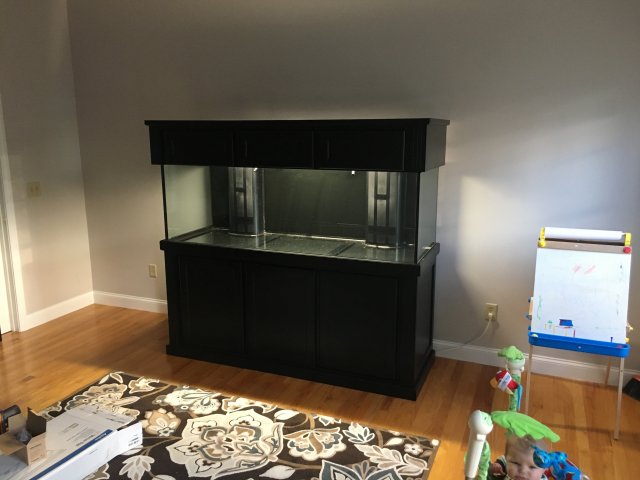
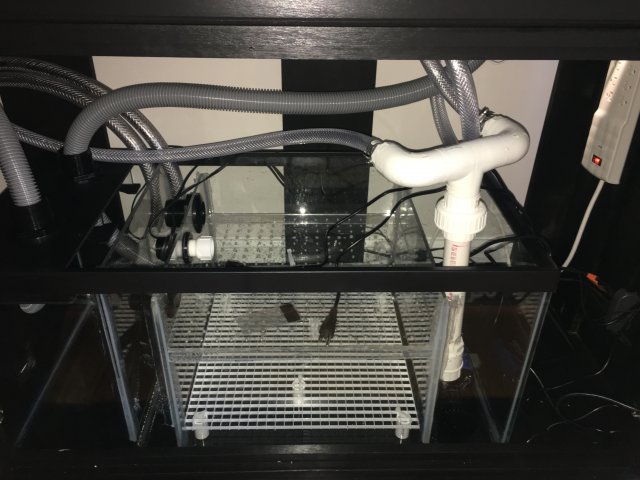
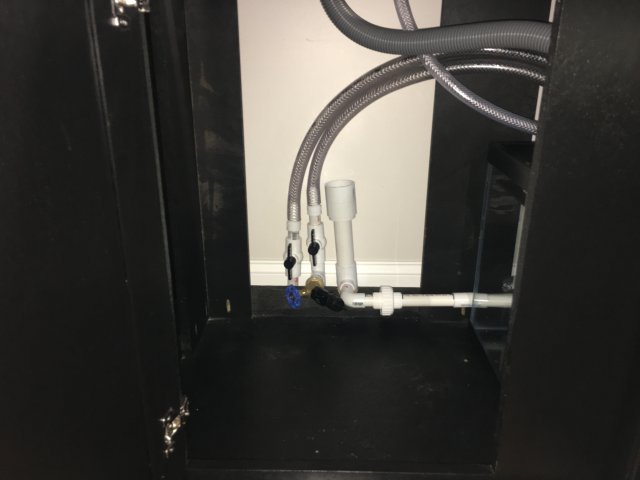
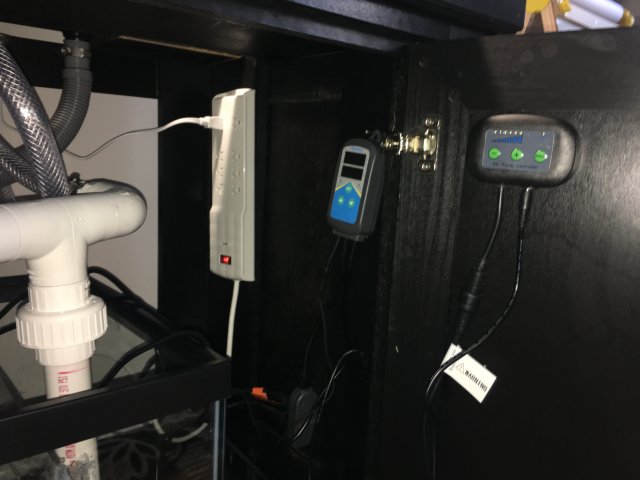
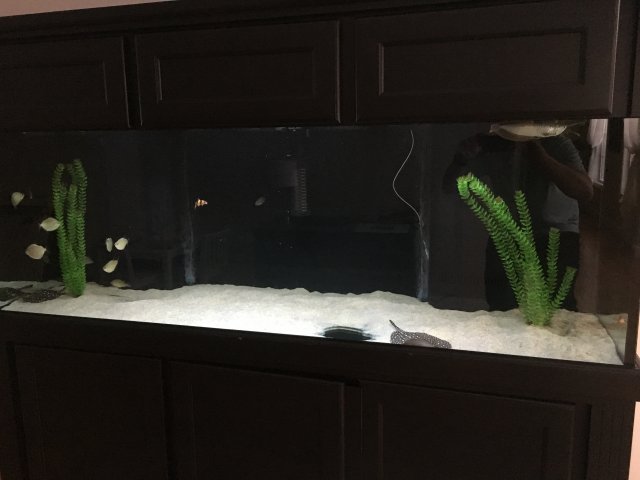
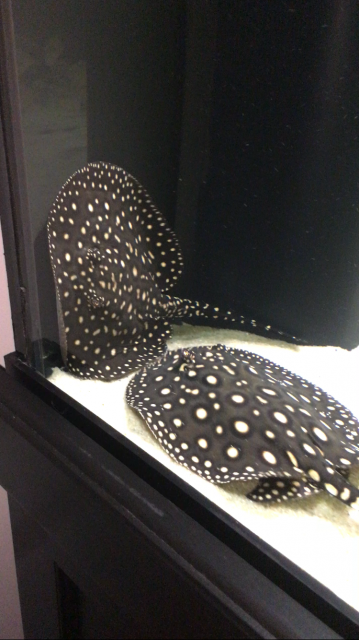
I also have a silver aro, 2 rays, silver dollars, and a few geophagus

















Last edited:


